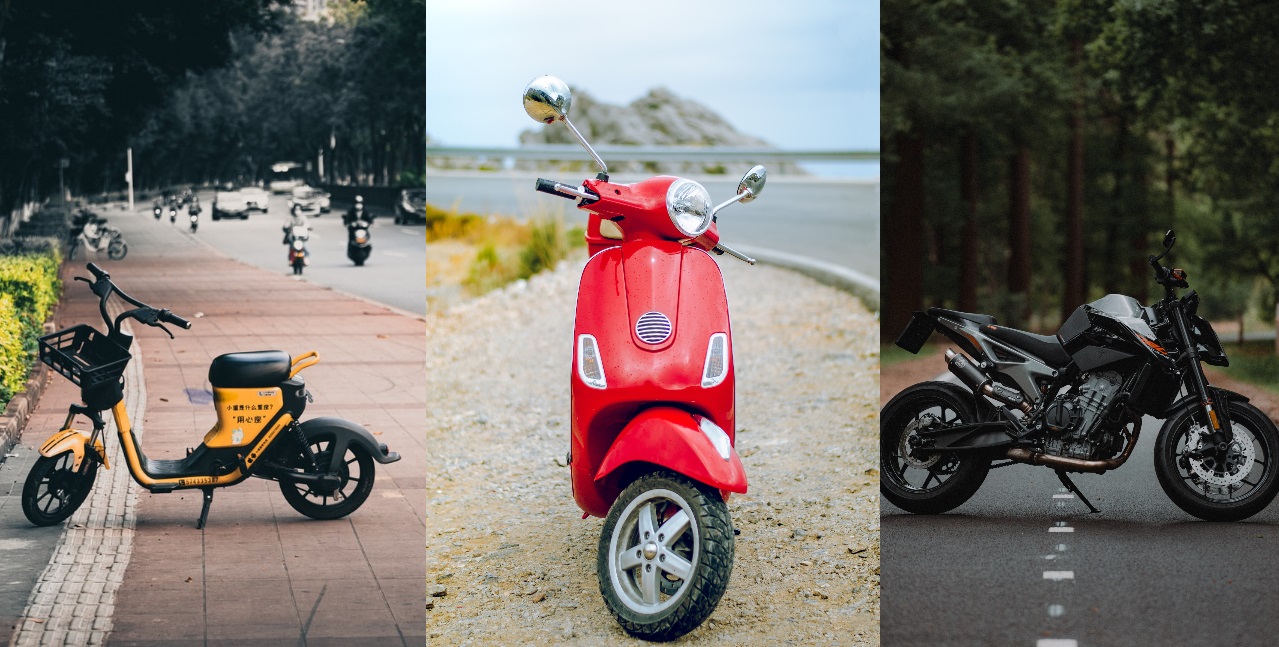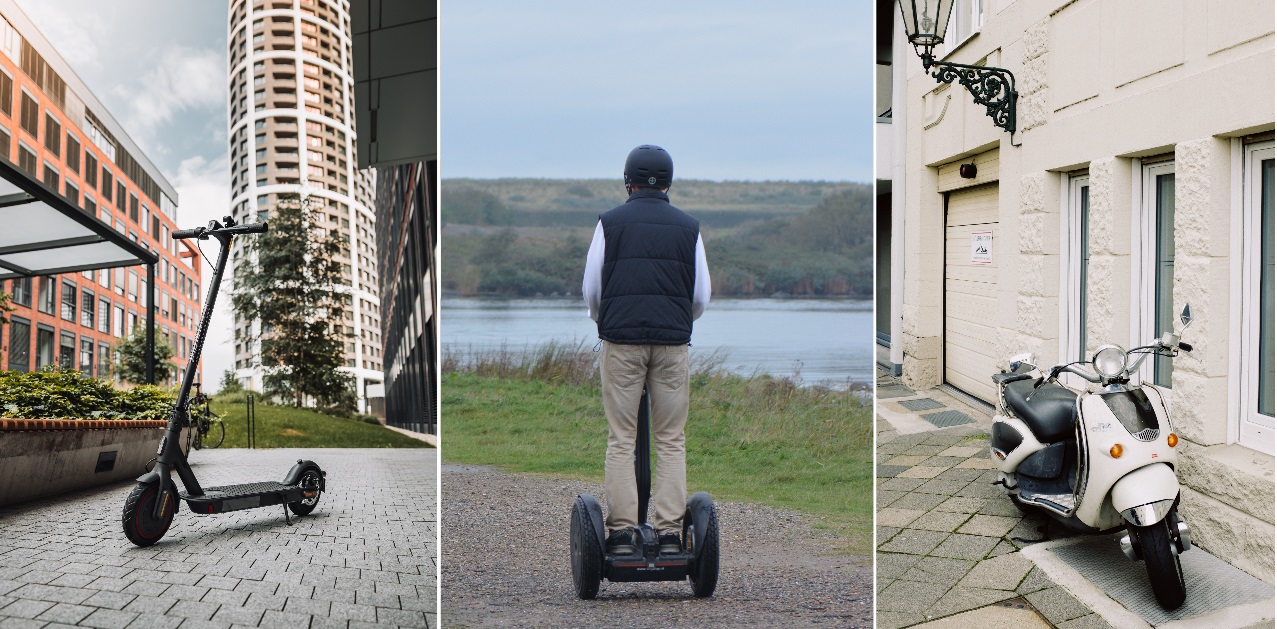Are you planning a trip to Hawaii? Ask yourself how you will get around. There are buses and rental cars and taxis, of course. But if you are looking for a more flexible vehicle, consider scooters. You have to know the regulations, though. Read on to learn about essential Hawaii scooter laws to operate your moped, motor scooter, or e-scooter safely.
Moped laws in Hawaii
Mopeds are often confused with scooters: you can learn more about their differences here. Like most states, the Hawaii state considers mopeds to be transportation devices with an engine up to 50cc. They must also have automatic transmission and a maximum speed of up to 30mph. You can drive it with any driving license: you do not need a motorcycle license specifically. The minimum age to ride a moped is 15.
You can ride mopeds on all roads, including highways. The moped should be as near the right side as possible, except when making a left turn, avoiding something, or when a road carries traffic in one direction and has two or more lanes. However, the best places to ride mopeds are bike lanes: if you see them, be on them, except if the sign prohibits it. Never ride on sidewalks. Finally, only one person can ride a moped. Minors must also wear helmets.
If you plan to buy your own moped in Hawaii, keep in mind that you need to register it to ride on public highways. You must have a certification label from the manufacturer and complete a safety inspection. You will then have to wear your registration decal on the rear fender of the cycle.
Hawaii motor scooters laws
Hawaii defines motor scooters as vehicles that are more powerful than mopeds: they have an engine larger than 50cc and a speed of more than 30mph. The state also puts motor scooters and motorcycles in one category. You also need a motorcycle license to ride both in Hawaii.
Both motor scooters and motorcycles are entitled to use the full lane. However, two motorcycles can ride side by side. Motor scooters and motorcycles drivers can also use HOV lanes. However, lane splitting is prohibited, and you can only overtake other vehicles in a separate lane. Minors need to wear helmets on scooters. Also, a scooter must have a windshield, or you must have eye protection.
If you plan to purchase a motor scooter or a motorcycle in Hawaii, do not forget to register and insure it. If you are planning to rent one, the rental company should take care of it. You need to be 18 and have a driving license to rent a scooter in Hawaii.
Electric Scooters in Hawaii
Electric scooters are becoming some of the most popular transportation devices in the cities. They are ecological, flexible, and fun. But the Hawaii State scooter laws are still not very well-developed, compared to, say, California scooter laws. In 2021, lawmakers are just starting to legalize scooters and set regulations. You can check out the new laws here.
According to the laws, you need to be at least 15 to ride electric scooters on public property. You also need to wear a helmet with a chin strap under 16 (although we recommend everyone to wear it). You must also ride alone and keep both hands on the handles. If you plan to use the scooter in the dark, it must have lights equipped, which cannot be blue. The maximum speed allowed is 15mph. You can ride scooters on streets and highways, although bike lanes are usually the best places for electric scooters. The law allows counties to set regulations themselves, such as on parking, allowing scooters on sidewalks and highways, etc. So be sure to check the rules in a specific county where you will ride!
If you plan to rent one, you usually need to be 18 and need a driver’s license. If you are planning to purchase one, you also need to register it. Considering the two choices? Check out our article on whether to buy or rent an electric scooter.
Hopefully, you learned something new about scooter laws in Hawaii or reviewed the knowledge you had. Of course, scooters are not the only option of moving around in Hawaii. You can always rent a car or choose bikes: check out our article on renting bikes in Hawaii.





